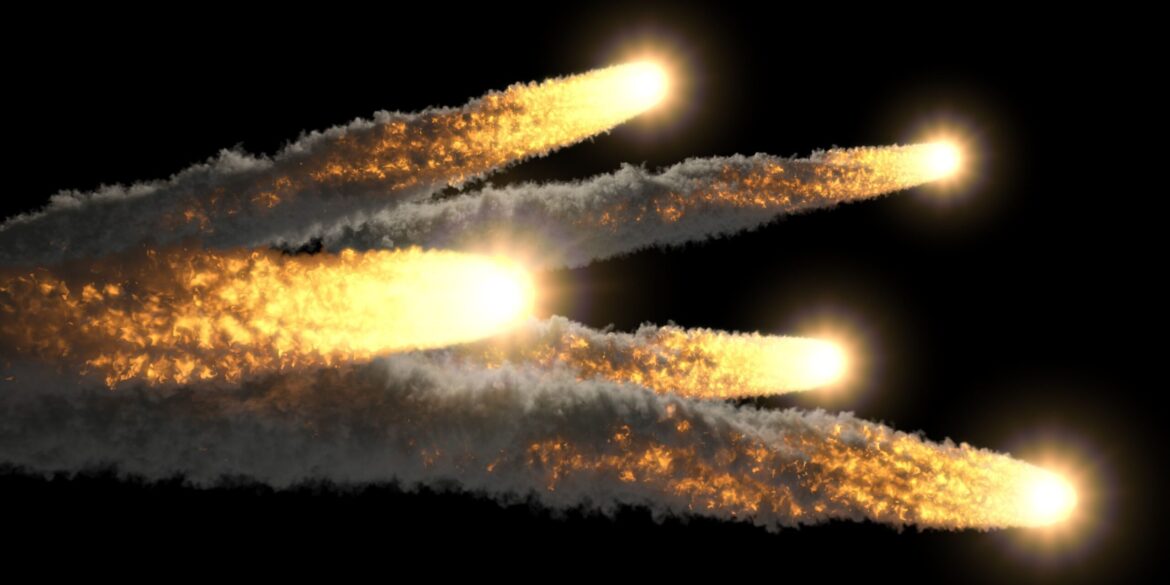Dominic Walters, Senior Correspondent
Astonished Americans Witness Rare Meteor Showering Sky in Early Hours
In the pre-dawn darkness of May 21, 2025, a brilliant green fireball lit up the skies from Texas to Nebraska, mesmerizing early risers and night owls alike. Over 50 eyewitness accounts flooded into the American Meteor Society (AMS), each describing the spectacle as an enormous, emerald-hued bolide that momentarily outshone the moon and split into luminous fragments overhead.
A Celestial Light Show Over the Heartland
At approximately 3:44 a.m. Central Time, an unexpected astronomical display unfolded across several states, including Colorado, Kansas, Missouri, Nebraska, Oklahoma, and Texas.
The fireball’s intensity briefly turned the nighttime sky into daylight. Witnesses marveled at its radiant green glow, describing the scene as otherworldly. Many reported a dramatic fragmentation of the meteor, as it disintegrated into glowing shards while streaking from east to west.
Some accounts included loud booms—sonic reverberations caused when meteors pierce the atmosphere at supersonic speeds, suggesting the object may have been large and fast enough to survive deep entry into Earth’s atmosphere.
Scientific Breakdown: Why Green and So Bright?
The AMS confirmed the fireball as a bolide, an extremely bright meteor that often explodes before reaching the ground. Bolides are rare and can be as luminous as the full moon.
According to Dr. Jane Smith, an astrophysicist at the University of Texas, “This fireball’s green hue likely results from high levels of nickel and magnesium vaporizing during entry. It’s a textbook case of how composition influences color in atmospheric events.”
These vivid explosions offer unique windows into meteoroid behavior and material makeup. “Events like this allow researchers to study celestial material without leaving Earth,” Smith added.
Public Reaction: Awe, Excitement, and Viral Moments
The sighting sparked a social media frenzy. Platforms like X (formerly Twitter) and Instagram overflowed with personal videos and commentary. Hashtags such as #GreenFireball and #Meteor2025 trended throughout the day, uniting viewers in a shared moment of cosmic wonder.
“I thought it was fireworks at first, but then it just kept going and turned the sky green,” one Nebraska resident posted alongside a now-viral clip.
Local broadcasters were inundated with calls and messages from excited citizens eager to describe the event or submit their smartphone footage.
No Harm, No Fragments—Yet
Despite its dramatic display, no injuries or structural damages have been reported. Emergency services received no distress calls related to the fireball, and meteorite hunters are now scouring probable impact zones in the Central Plains, hoping to find surviving fragments.
“While sonic booms suggest deep atmospheric penetration, it’s uncertain if any material reached the surface intact,” said meteor expert Daniel Royce with the AMS.
Why These Events Matter
Beyond visual spectacle, bolide sightings like the May 21 fireball are critical to science. Each provides a natural laboratory for studying interstellar objects, their compositions, and their interactions with Earth’s atmosphere.
They also serve a public engagement role—reminding Earthlings of their small place in a vast cosmos. “It’s one of those rare moments where everyone looks up at once,” said Dr. Smith. “It brings people together.”
Looking Up: What’s Next for Skywatchers?
While rare, fireballs aren’t isolated incidents. The AMS advises astronomy enthusiasts to keep an eye on upcoming meteor showers, including the Delta Aquariids in July and the Perseids in August, which often offer spectacular viewing with minimal equipment.
Experts recommend clear skies, minimal light pollution, and patience—“and you just might catch the universe putting on another show,” said Royce.

